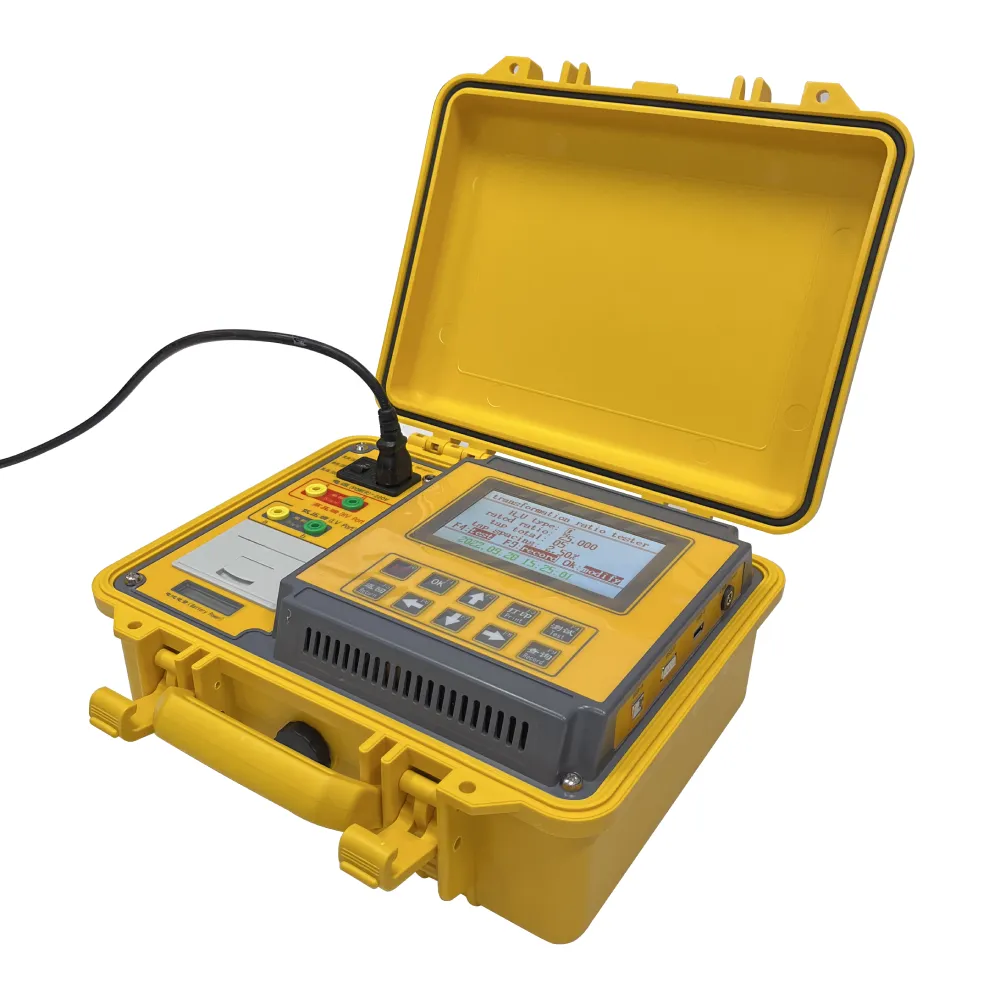 English
English



-
 Afrikaans
Afrikaans -
 Albanian
Albanian -
 Amharic
Amharic -
 Arabic
Arabic -
 Armenian
Armenian -
 Azerbaijani
Azerbaijani -
 Basque
Basque -
 Belarusian
Belarusian -
 Bengali
Bengali -
 Bosnian
Bosnian -
 Bulgarian
Bulgarian -
 Catalan
Catalan -
 Cebuano
Cebuano -
 China
China -
 China (Taiwan)
China (Taiwan) -
 Corsican
Corsican -
 Croatian
Croatian -
 Czech
Czech -
 Danish
Danish -
 Dutch
Dutch -
 English
English -
 Esperanto
Esperanto -
 Estonian
Estonian -
 Finnish
Finnish -
 French
French -
 Frisian
Frisian -
 Galician
Galician -
 Georgian
Georgian -
 German
German -
 Greek
Greek -
 Gujarati
Gujarati -
 Haitian Creole
Haitian Creole -
 hausa
hausa -
 hawaiian
hawaiian -
 Hebrew
Hebrew -
 Hindi
Hindi -
 Miao
Miao -
 Hungarian
Hungarian -
 Icelandic
Icelandic -
 igbo
igbo -
 Indonesian
Indonesian -
 irish
irish -
 Italian
Italian -
 Japanese
Japanese -
 Javanese
Javanese -
 Kannada
Kannada -
 kazakh
kazakh -
 Khmer
Khmer -
 Rwandese
Rwandese -
 Korean
Korean -
 Kurdish
Kurdish -
 Kyrgyz
Kyrgyz -
 Lao
Lao -
 Latin
Latin -
 Latvian
Latvian -
 Lithuanian
Lithuanian -
 Luxembourgish
Luxembourgish -
 Macedonian
Macedonian -
 Malgashi
Malgashi -
 Malay
Malay -
 Malayalam
Malayalam -
 Maltese
Maltese -
 Maori
Maori -
 Marathi
Marathi -
 Mongolian
Mongolian -
 Myanmar
Myanmar -
 Nepali
Nepali -
 Norwegian
Norwegian -
 Norwegian
Norwegian -
 Occitan
Occitan -
 Pashto
Pashto -
 Persian
Persian -
 Polish
Polish -
 Portuguese
Portuguese -
 Punjabi
Punjabi -
 Romanian
Romanian -
 Russian
Russian -
 Samoan
Samoan -
 Scottish Gaelic
Scottish Gaelic -
 Serbian
Serbian -
 Sesotho
Sesotho -
 Shona
Shona -
 Sindhi
Sindhi -
 Sinhala
Sinhala -
 Slovak
Slovak -
 Slovenian
Slovenian -
 Somali
Somali -
 Spanish
Spanish -
 Sundanese
Sundanese -
 Swahili
Swahili -
 Swedish
Swedish -
 Tagalog
Tagalog -
 Tajik
Tajik -
 Tamil
Tamil -
 Tatar
Tatar -
 Telugu
Telugu -
 Thai
Thai -
 Turkish
Turkish -
 Turkmen
Turkmen -
 Ukrainian
Ukrainian -
 Urdu
Urdu -
 Uighur
Uighur -
 Uzbek
Uzbek -
 Vietnamese
Vietnamese -
 Welsh
Welsh -
 Bantu
Bantu -
 Yiddish
Yiddish -
 Yoruba
Yoruba -
 Zulu
Zulu
Automatic Tap Changing Mechanism for Power Transformer Optimization and Control
Understanding the Automatic Tap Changer of Power Transformers
The automatic tap changer (ATC) is an essential component in power transformers, playing a pivotal role in maintaining voltage stability and ensuring efficient energy distribution in electrical grids. This article will delve into the function, benefits, and operational principles of automatic tap changers in power transformers.
What is an Automatic Tap Changer?
An automatic tap changer is a device that adjusts the transformer's voltage ratio by changing the transformer’s tap settings based on the load conditions. It enables the management of voltage levels to ensure that the electrical supply remains within a specified range, despite variations in load demand. This is crucial for maintaining system reliability and performance in power distribution networks.
Function of Automatic Tap Changers
The primary function of an ATC is to regulate the output voltage of a transformer automatically. Transformers operate by stepping up or stepping down voltages, which can fluctuate based on the consumption patterns in a given area. When the load changes, it can lead to voltage variations that either exceed or drop below acceptable limits.
The ATC continuously monitors the voltage levels and activates appropriate tap positions on the transformer to adjust the output voltage accordingly. This process ensures that electrical equipment operates efficiently and reduces the risk of damage due to overvoltage or undervoltage conditions.
Types of Automatic Tap Changers
There are primarily two types of automatic tap changers used in power transformers on-load tap changers (OLTC) and no-load tap changers (NLTC).
1. On-Load Tap Changer (OLTC) This type can adjust the tap settings without interrupting the power supply. OLTCs are commonly used in transformers connected to the grid since they can respond dynamically to changing load conditions. They typically employ a series of electrical contacts to switch between taps while the transformer is energized.
automatic tap changer of power transformer

2. No-Load Tap Changer (NLTC) This type requires the transformer to be de-energized before adjustments can be made. NLTCs are usually employed in situations where load fluctuations are predictable or less frequent, and the risk of disrupting the power supply is minimized.
Benefits of Automatic Tap Changers
The integration of automatic tap changers in power transformers brings several advantages
1. Improved Voltage Regulation By maintaining voltage levels within the desired range, ATCs help protect sensitive equipment from voltage fluctuations, thus ensuring the longevity of electrical devices.
2. Enhanced System Efficiency With an ATC in place, the overall efficiency of the electrical distribution system is improved. This is because it reduces losses associated with overvoltage or undervoltage situations, ultimately leading to cost savings.
3. Increased Reliability By automatically adjusting voltage levels in real-time, ATCs enhance the stability and reliability of the power supply, which is particularly important in critical applications such as hospitals and data centers.
4. Minimized Human Intervention Automation reduces the requirement for manual monitoring and adjustments, allowing for a more streamlined operation and freeing up personnel for other essential tasks.
Conclusion
Automatic tap changers are critical components in modern power transformers that help ensure voltage stability and efficient energy distribution. As electrical grids continue to evolve with the integration of renewable energy sources and smart grid technologies, the importance of ATCs will only increase. Their ability to maintain optimal voltage levels automatically is key to the resilience and sustainability of our power supply systems. Understanding how these devices work and their role in transformer efficiency is essential for professionals and stakeholders in the electrical engineering field.
-
Testing Equipment Industry Sees Major Advancements in 2025: Smart & Precision Technologies Lead the WayNewsJun.06,2025
-
Applications of Direct Current Generators in Renewable Energy SystemsNewsJun.05,2025
-
Hipot Tester Calibration and Accuracy GuidelinesNewsJun.05,2025
-
Digital Circuit Breaker Analyzer Features and BenefitsNewsJun.05,2025
-
Benefits of Real-Time Power Quality Monitoring Devices for Industrial EfficiencyNewsJun.05,2025
-
Earth Fault Loop Testing in High-Rise Building Electrical SystemsNewsJun.05,2025



